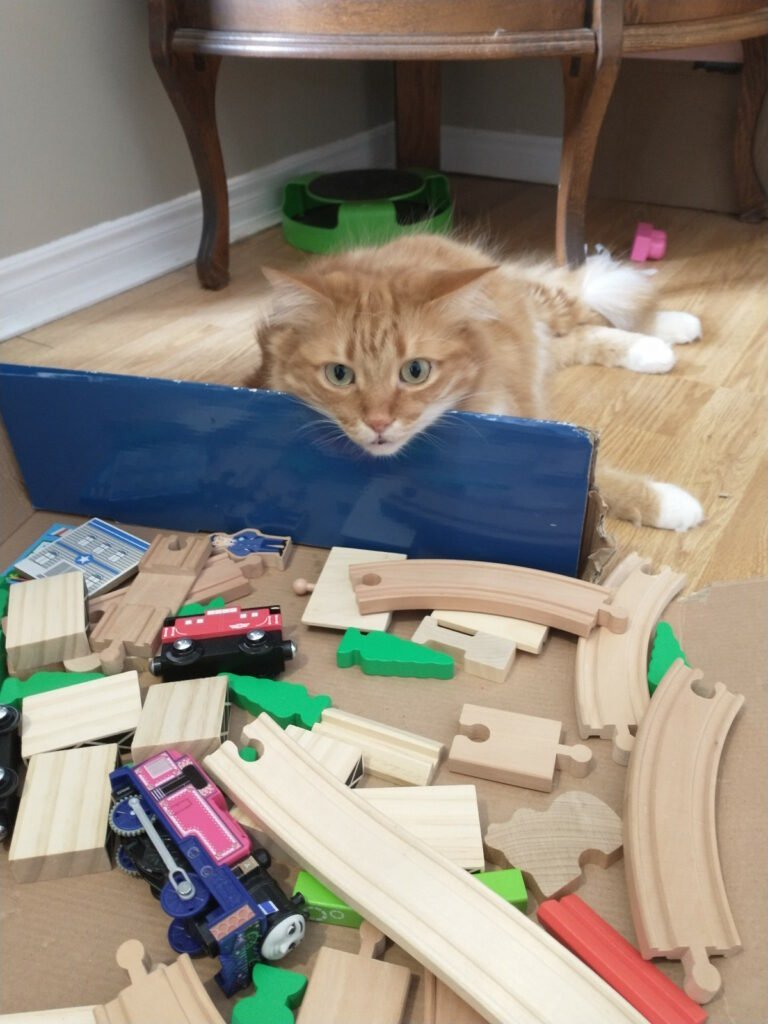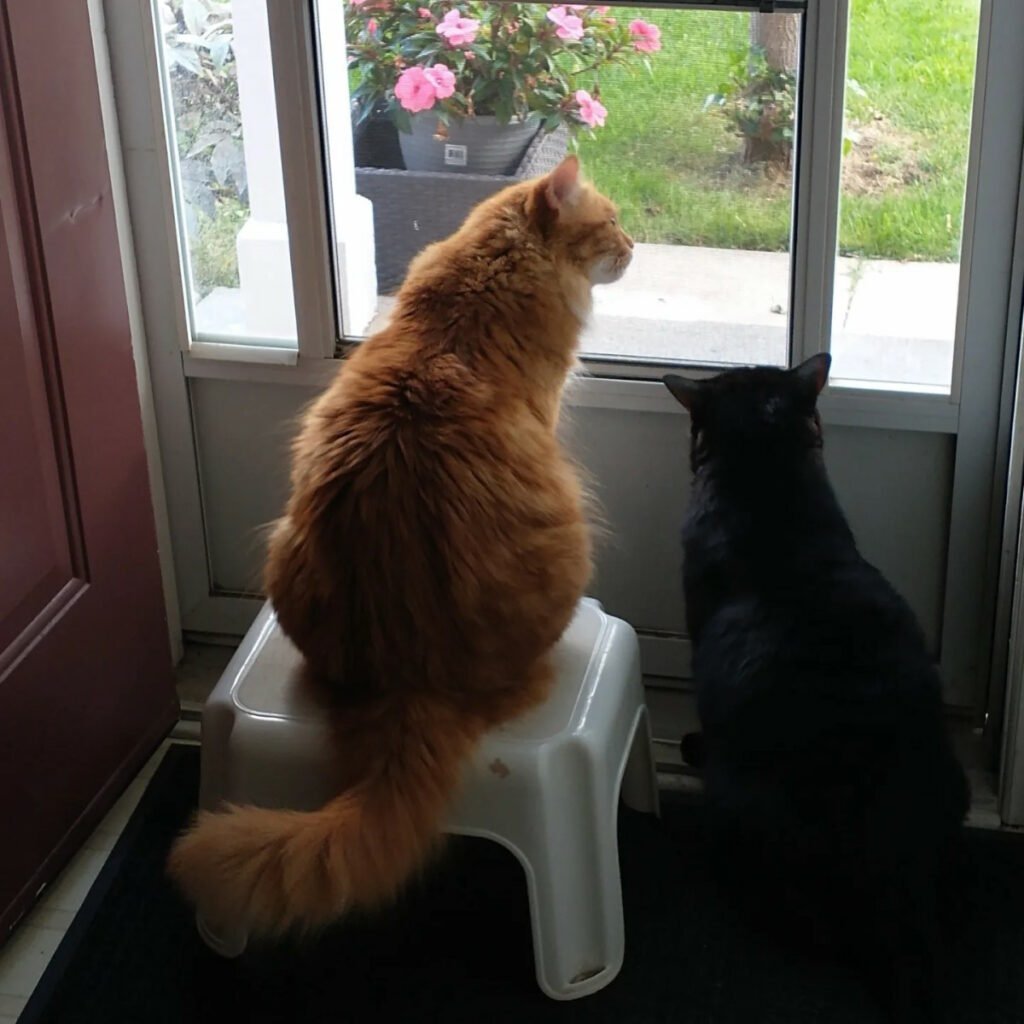Pet ownership comes with a lot of fun and pleasure, and also with a plethora of responsibilities. One very important aspect is ensuring the health and well-being of your furry companion.
While many cat owners may believe that indoor cats are less prone to accidents and illnesses than their outdoor counterparts, the reality is that indoor cats can still face a variety of health issues.
Table of Contents
Veterinary Costs Add Up
According to Banfield Pet Hospital, across the country, the average vet care for a cat can add up. Here are some of the average costs that you might expect for various services:
Professional dental cleaning: $361.19
Neuter (over 6 mo): $254.35
Neuter (under 6 mo): $203.99
Spay (over 6 mo) $344.74
Spay (under 6 mo) $293.28
Ingesting a foreign object can be over $3,00, a broken bone can be over $2,300, and bladder infections or kidney disease can be over $1,200 to treat.
All of these conditions can inflict a cat that is kept strictly indoors, and so keeping your pet inside is no guarantee that they will be trouble free health or accident-wise.
This raises an important question: Should you get pet insurance for your indoor cat? In this article, we’ll explore the factors to consider when making this decision.

Understanding Pet Insurance
Pet insurance is a financial product designed to help cover the cost of veterinary care for your pet. It typically works on a reimbursement basis, where you pay for your pet’s medical expenses upfront and then submit a claim to the insurance company for reimbursement. The insurance company will evaluate the claim and provide you with a portion of the covered expenses.
The Case for Pet Insurance for Indoor Cats
Accidents Can Happen Anywhere
While indoor cats may have a reduced risk of certain outdoor hazards, accidents can still occur within the confines of your home. Cats are curious creatures, and they may find themselves in situations where they get injured. Falls from high places, getting trapped in small spaces, or even ingesting toxic substances are all examples of accidents that can happen indoors.
Check out this YouTube video to see just how quickly “cat” tastrophies can happen: https://www.youtube.com/watch?v=ATCixZyo-PQ
Common Health Issues in All Cats
Indoor cats are not immune to common feline health issues such as urinary tract infections, dental problems, and digestive disorders. These conditions can be costly to treat, and having pet insurance can help ease the financial burden.
Emergencies
Emergencies can strike at any time. If your indoor cat suddenly falls critically ill or has an accident that requires immediate medical attention, pet insurance can provide the necessary funds to cover the emergency care.
Chronic Conditions
Cats, like humans, can develop chronic health conditions over time. Conditions such as diabetes, arthritis, or kidney disease may require ongoing veterinary care and medication. Pet insurance can help cover the long-term costs associated with managing these conditions.
Peace of Mind
Knowing that you have financial support in case of unexpected medical expenses for your cat can provide peace of mind. You won’t have to make difficult decisions about your cat’s health based solely on your budget.
Factors to Consider When Choosing Pet Insurance
If you’re considering pet insurance for your indoor cat, here are some important factors to keep in mind:
Coverage Options
Pet insurance plans vary in terms of coverage. Some plans may only cover accidents and emergencies, while others also include routine wellness care, dental coverage, and coverage for chronic conditions. Choose a plan that aligns with your cat’s needs and your budget.
Deductibles and Premiums
Compare deductibles (the amount you pay before insurance coverage kicks in) and premiums (the regular payments you make for the insurance policy) among different providers. Find a balance that works for your financial situation.
Exclusions and Waiting Periods
Read the policy carefully to understand any exclusions (conditions or treatments that are not covered) and waiting periods (the time you must wait after purchasing the policy before coverage begins).
Provider Reputation
Research the reputation and customer reviews of the insurance provider. Look for a company with a history of reliable customer service and prompt claim processing.
Age of Your Cat
Some insurance providers have age restrictions for coverage. It may be easier to secure coverage for a younger cat, so consider getting insurance while your cat is still relatively young.
Pre-Existing Conditions
Most pet insurance plans do not cover pre-existing conditions. If your cat has a pre-existing condition, it’s essential to understand how it will be treated by the insurance company.
Cost-Benefit Analysis
Calculate the potential costs of veterinary care for your cat over the years and compare it to the cost of insurance premiums. Consider whether the financial peace of mind and coverage outweigh the expenses.
Alternatives to Pet Insurance

If you’re unsure about pet insurance or want to explore alternatives, there are a few options to consider:
- Savings Account:
You can set up a dedicated savings account for your cat’s medical expenses. Regularly deposit money into this account so that you have a reserve for unexpected veterinary bills.
- Self-Insurance:
Some pet owners choose to self-insure by setting aside a portion of their monthly budget for pet healthcare expenses. This approach can work well if you are disciplined about saving.
- Care Credit:
Care Credit is a healthcare credit card that can be used for veterinary expenses. It offers financing options with different terms, including interest-free plans for qualified applicants.
- Wellness Plans:
Some veterinary clinics offer wellness plans that cover routine preventive care, vaccinations, and regular check-ups. These plans can help you manage the cost of routine care for your cat.
How Much Is Insurance For My Cat?
As with any service, prices for insurance will vary, depending on the plan an average that you could expect to pay for insurance for your cat is about $32 a month.
The North American Pet Health Insurance Association has a report on the state of the industry report for 2023. According to the report, there are 5.36 million pets insured, with a 21.7% increase in pet owners insuring pets from 2021-2022.
The NAPHIA says that the average annual insurance premium per cat in 2022 was:
Insurance with Embedded Wellness: $613.67
Accident & Illness: $387.01
Accident Only: $122.19
Final Thoughts
Deciding whether to get pet insurance for your indoor cat ultimately comes down to your individual circumstances and priorities. While indoor cats may have a reduced risk of certain dangers, they are not entirely immune to accidents and health issues.
Pet insurance can provide financial protection and peace of mind, ensuring that you can provide the best possible care for your feline friend without worrying about the cost.
U.S. News & World Report has an article on the comparisons of pet insurance that may also be helpful when deciding which type of insurance to get.
Before making a decision, carefully assess your cat’s needs, your budget, and the terms of different insurance policies. Consider the potential benefits of pet insurance in terms of emergency care, unexpected accidents, and the management of chronic conditions.
Ultimately, the choice to get pet insurance for your indoor cat should align with your commitment to providing them with a healthy and happy life.

Jonathon Hyjek is an entrepreneur and cat-lover. He is married to Joy and they share their home with their 2 feline-friends, Franklin & Ollie. Jonathon is a self-admitted “Crazy Cat Guy”. He started this website because of his love for his own cats and their well-being.

